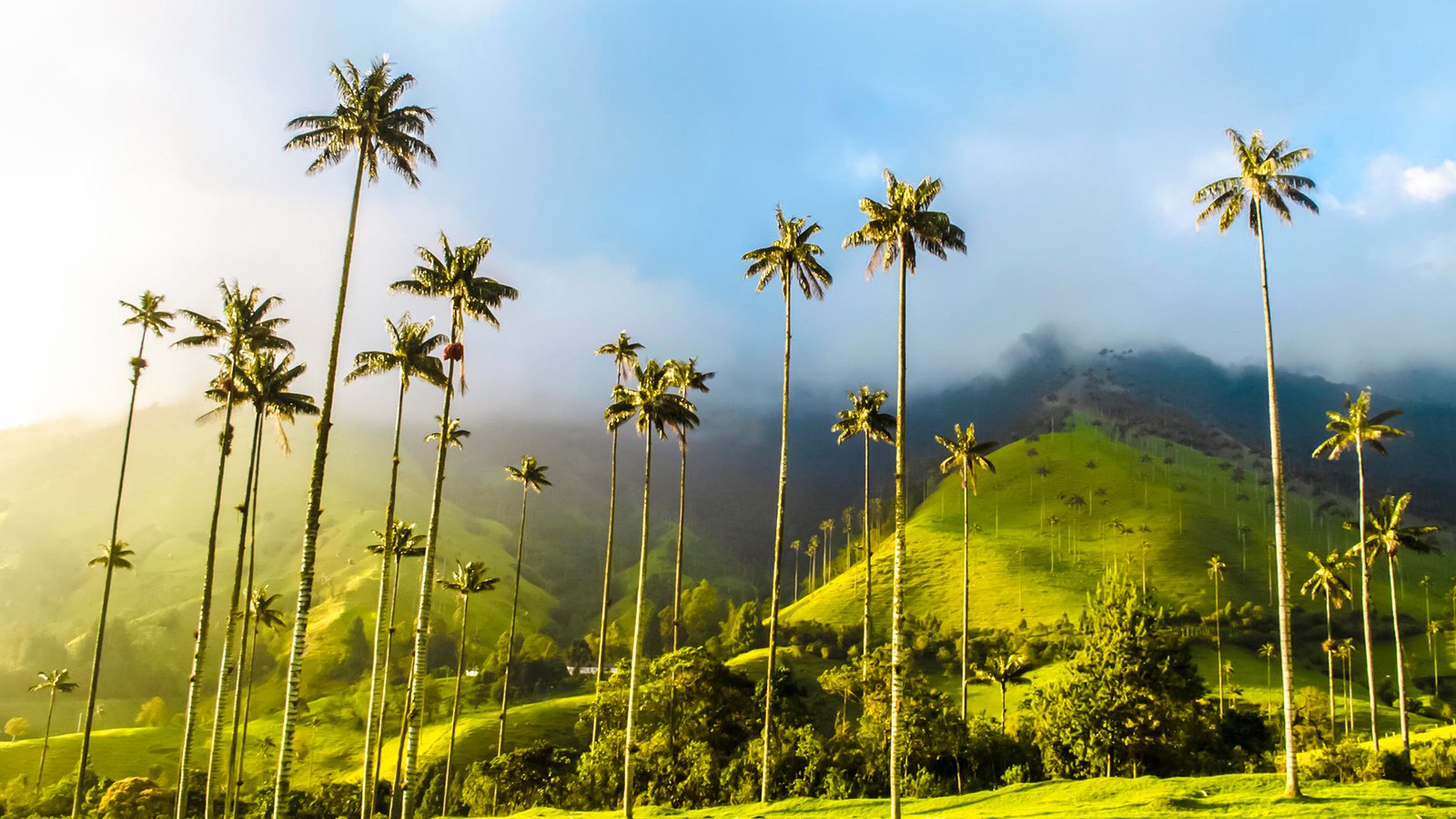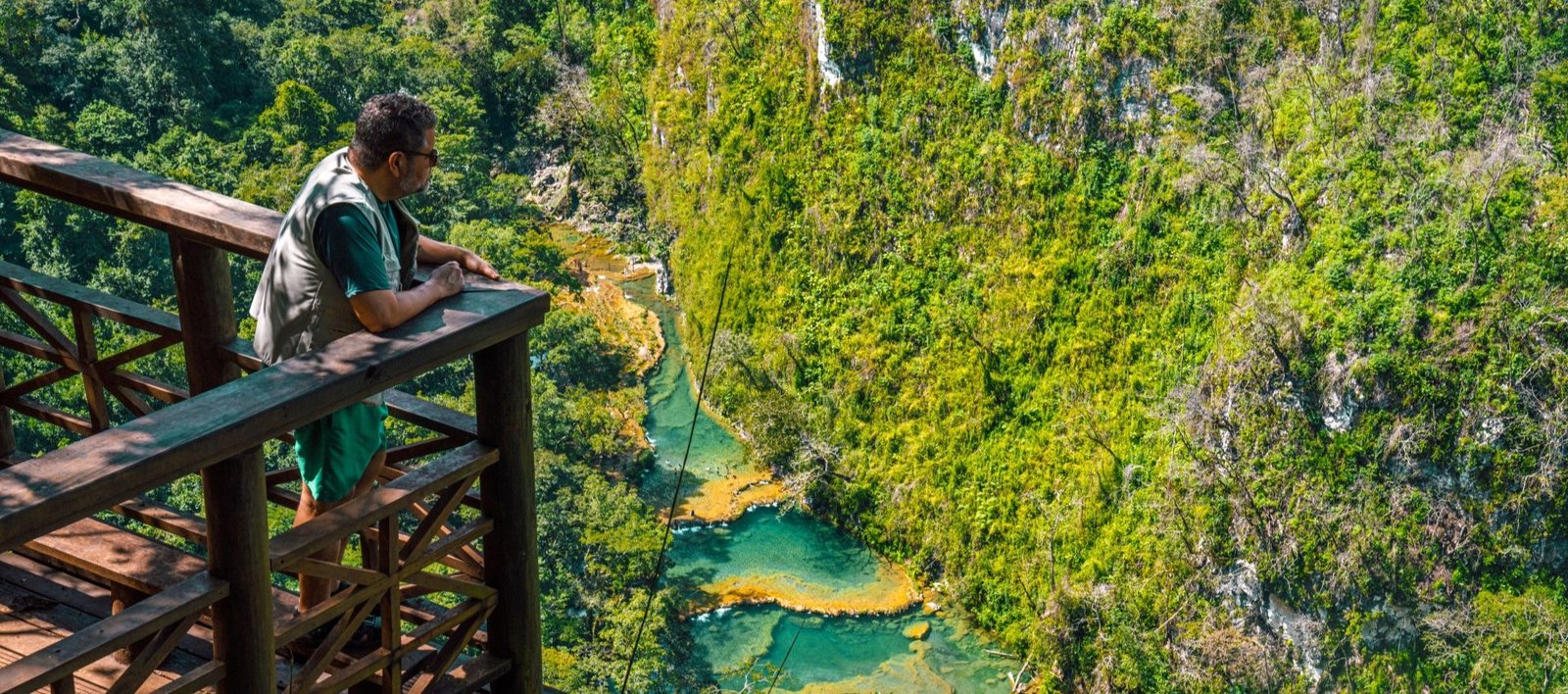
Whispers of the Jungle in the City
By: Sol Astrid Giraldo
Small. Nimble. Focused. Barely a whisper (the meaning of Reshijabe, her name in the language of the Shipibo-konibos, an Amazonian tribe in Perú). But also strong and determined. “The whole world is full of designs,” says a song from her culture, and now Olinda Silvano (her Western name) faces the challenge of covering a bare surface with designs. The surface is usually fabric, pottery, or wood, but this time it is an expansive wall. She has already faced such canvases in cities like Lima and Moscow. Today she is in Madrid, before continuing on to Valencia and London.
She sings a ritual song and lays down a brushstroke. She flies. The wall begins to bloom with strong lines that lack the rigidity and horizontality characteristic of Aymará or Quechua fabrics.
Although her composition is based on rectangles and squares —geometry in other words— it is not restricted to the patterns and rhythms we usually associate with the Andes. Her geometry is organic, clear, and dynamic. Sometimes it fans outward, sometimes it narrows inward. Sometimes it contracts, sometimes it expands. The colors grow out of a palette that is cheerful and intense, but still controlled. She does not improvise: although there is no pre-determined outline, she fluidly develops a complex storyline of space and time.
Curious passersby who stop to watch see only a tiny woman with shining black hair, a woman wrapped in many colors, wearing necklaces and sporting designs on her face. They see a woman who carefully and calmly draws across yards of urban wall. From where they stand and with their cultural precepts, they do not see the crown of power placed on her head by her grandfather when she was a little girl. They cannot sense the piripiri, that Amazon plant that opened her eyes and made her a different child.
They do not see the visions unfolding under Olinda’s eyelids, visions that she meticulously reproduces on the wall.

Nor do they recognize the mighty current of the Ucayali River, the father of the jungle and of Olinda’s drawing. They do not see the slithering muscular anaconda with its tattooed skin, the origin of all the designs and colors in the cosmos. Contrary to appearances, these lines are not merely aesthetic compositions like those that have taught us to appreciate modern abstract art. This is not a simple excursion into form on form. Nor is it a display of beauty for beauty’s sake.
Even the word “map” doesn’t begin to describe what Olinda is drawing. Her song and her brush contrive anew the territory created in the heart of intricate Amazonia by the passage of her people throughout the centuries. We should perhaps speak of the itinerary of the soaring flight of expanded consciousness and hypersensitivity induced by the sacred ayahuasca plant.
A soaring flight that allows us to appreciate, from on high and in the moment, the creative current of the river, the path from the water to the sun, the pulse of the forests, the fiercely colorful bites of parrots, monkeys, birds, and fish, and the coexistence of real and mythical beings. All this points to that one place on earth, connected to the cosmos, where her tribe makes its home. Olinda the crowned, the observant, she of the powerful hands, she who knows the deep secrets of the icaros (sacred songs) and the kené (drawings) uses her body and her voice to capture all this in one small part of Matadero in Madrid, as part of the events marking the selection of Perú as the guest of honor at ARCO 2019 (International Contemporary Art Fair).
This is no small matter. These drawings of Olinda’s go beyond the supposedly simpler artisanry of jewelry without being stiff museum pieces or tame expressions of anthropological tales. Rather, the creation of this mural in one of the most dynamic European centers of contemporary art opens the door of the present to indigenous visual thought.
The powerful presence of Olinda Silvano and her colleagues Silvia Ricopa and Wilma Mayas, of the Madres Artesanas (Artisan Mothers) collective, is part of the interplay between ancestral wisdom and the modern world. This process has been taking place in Perú for several years now, and has given rise to, for example, Olinda’s collaboration with fashion designer Anabel de la Cruz. Also decisive was the vision of anthropologist César Ramos, who coordinated her meeting with artists who taught her to use brushes and acrylics.
This new material broadened the spectrum of kené drawing, which was traditionally done with natural dyes. Olinda likes the acrylics because they are bright, cheerful, and lasting. For some time now, her public murals have enlivened not only the proverbial gray of Lima, but also the official history of the indigenous stamp on national identity; now the murals are making their way to other world capitals.
This new muralism is a reinvigorated and enriching experience, fully modern in the radical freedom and daring iconoclasticism that tears down barriers between languages, eras, and cultures, and between art and handicrafts, indigenous and Western cultures, ancestral and modern practices, and natural and urban environments. How could we not take pleasure in this whisper of the jungle in the big city?



